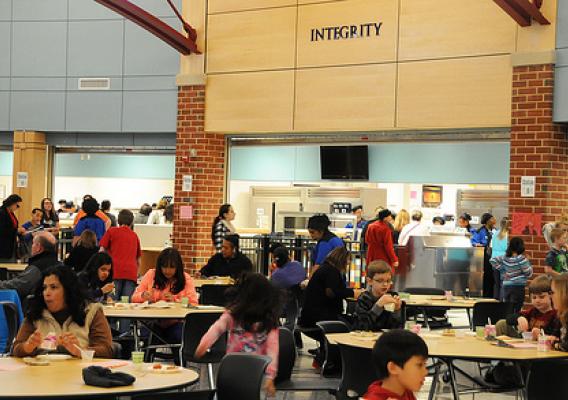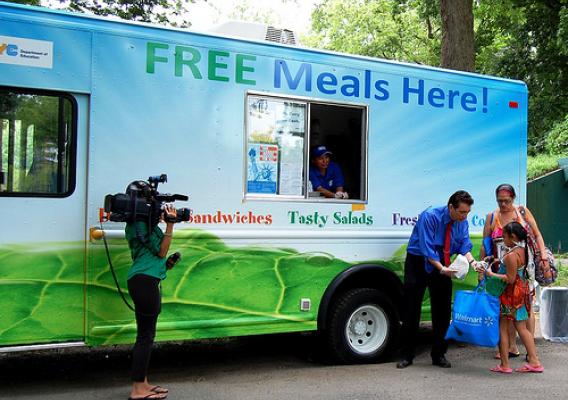It’s been two years since President Obama signed the Healthy, Hunger-Free Kids Act of 2010 into law. The Act cleared the way for historic improvements to the child nutrition programs, such as school lunch and school breakfast, that serve millions of our nation’s children. We’ve already implemented many provisions of the Act, with many schools reporting success in meeting the new standards, and students finding the new school meals to be an improvement from the status quo. This coming year will be a busy one as we continue to make program updates that help us fight both child hunger and obesity.
Because of the Act, we’ve been able to improve standards for the content of school lunches—and soon school breakfasts— making them healthier than ever before. However, I know implementation is a process that takes time, and as the school year progresses we will continue listening and providing additional education, technical assistance, and flexibilities where appropriate. Throughout this first year, we are closely monitoring implementation and adapting the support we provide to States and schools based on challenges that arise.
We also made the first real reimbursement rate increase for those meals in 30 years to help schools adjust to the changes. Because we know how influential the school environment can be when it comes to encouraging kids to make healthy choices, USDA will propose new standards for other foods sold in schools including in vending machines.






